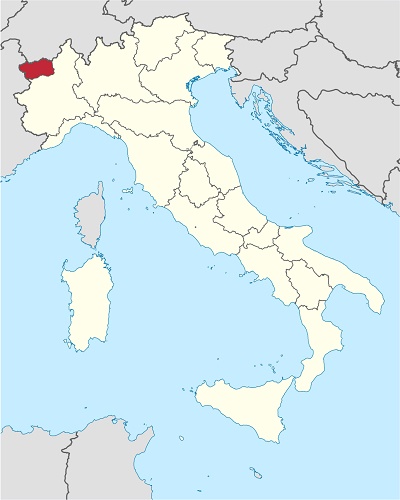Italian Grapes
Fumin
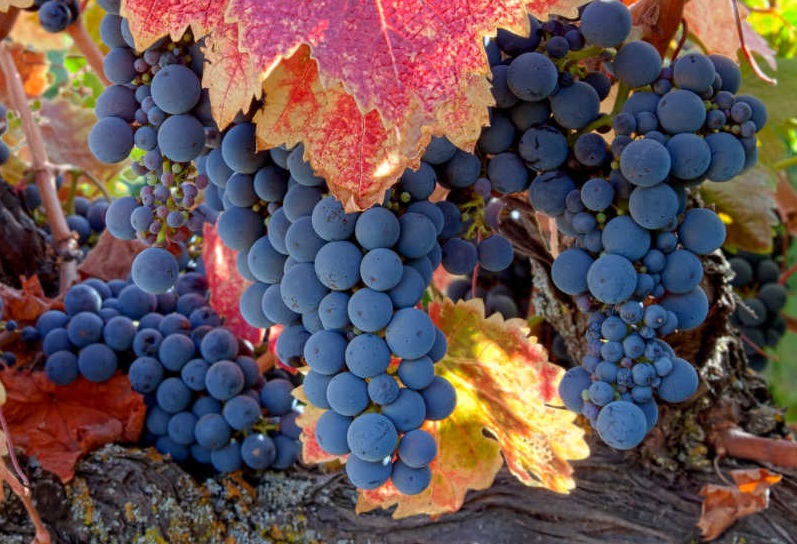
Fumin is a red wine grape that growns primarily in the Valle d'Aosta region in north Italy.
Fumin Flavors
Expect dark flavors of blackberry, blackcurrant, smoke, tar, wild blueberry, spices and black pepper.
Blackberry |
Blueberry |
Currant |
Tar |
Pepper |
Spices |
Smoke |
Minerals |
Region Valle d'Aosta
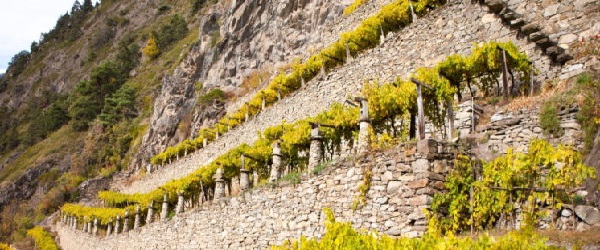
Climate
Aosta valley has a continental climate and despite the location in the Alps, the area is very hot and dry in the summer (harvesttime is early September).
The vineyards are located in high, steep slopes down to the river valley. The use of mechanical vineyard equipment is almost impossible. Most of the vineyards are buit on terraces for ease of accessibility.
Because of high diurnal temperature ranges, the vines are often trained into pergolas to distribute ground heat to the vines in cold nights.
Soil
The vineyard soils are composed primarily of sand at the higher elevation with more alluvial sediments of clay and gravel further down in the valley.
Black Grapes |
White Grapes |
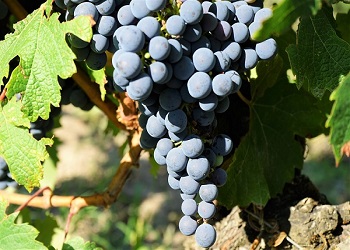
20% Petit Rouge |
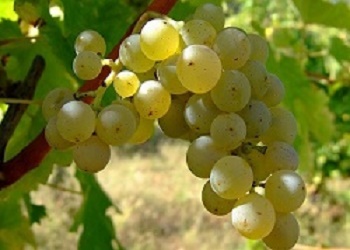
10% Petite Arvine |
Red Wines |
White Wines |
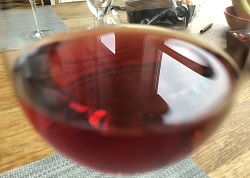
|
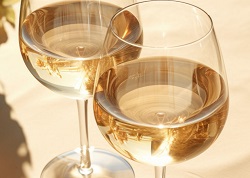
|
History
Valle d'Aosta was established as a DOC in 1986.
The most interesting wines are:
- Prié Blanc based white wines from the heights of Morgex et La Salle (altitude 1300 meter)
- Petit Rouge based red wines from Valle Centrale, Chambave to Enfer d’Arvier (altitude 700 meter)
- Picotendro (Nebbiolo) based red wines from Arnad-Montjovet and Donnas (altitude 400 meter)
Alcohol can be addictive. Always drink in moderation.
© Copyright 2015-2025 W3 Wine School. All Rights Reserved.
